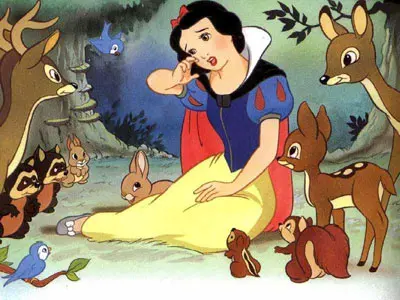By APD writer Zu Li
The Rashomon Effect, as people have heard of before, is a phenomenon that defines how a single event is interpreted contradictorily or completely different by different people involved. Rashomon events, such as “rescuing a falling elder”, are around us as long as people use the language to describe an event. As long as people are in the whirlpool of language, lies are inevitable.
The Rashomon effect is named after Akira Kurosawa’s 1950 film Rashomon . The film revolves around the rape a woman and the murder/suicide of her husband in a forest. It portrays differing accounts of four witnesses, including the bandit/rapist, the wife, the dead man (speaking through a medium), and the woodcutter. There is only one truth in the murder case, but what they say are contradictory. In order to beautify themselves and cover their faults, each of them just tells the story in favor of himself/herself. Eventually, the tragedy on the barren hills remains in mystery.
Rashomon
The film caused a sensation across Europe and the United State, and it won several awards such as the Golden Lion at the Venice Film Festival in 1951 and the most outstanding foreign language film at the 24th Academy Awards in 1952.
Akira Kurosawa
Akira Kurosawa is a Japanese director and a screenwriter. His films feature a strong sense of literature and philosophy, the slow pace of narrative rhythm and the unpredictable fates of characters. Behind the films is Kurosawa's reflection on human nature and society. In the film of Rashomon , Kurosawa raised a questioned on human nature: if a human can be completely honest? Why do the people disguise the truth, for deceiving others or themselves? The human nature is so fragile and selfish that people must tell lies to defend themselves until they died.
Kurosawa's success not only depends on his profound thoughts, but also unique techniques of expression in the films. He used montage, a technique in film editing in which a series of short shots are edited into a sequence to condense space, time, and information, pretty well in the film. For example, Kurosawa used cross-montage in the film of Rashomon , he tells the story through differing accounts of four witnesses, which leaves the audience more room to the imagination.
Seven Samurai
Most films directed by Kurosawa are classical, such as Seven Samurai , Dreams , and Ran , which are praised by the audience and film critics from home and aboard. Although Kurosawa has passed away for many years, the Legacy he left - his films and his passion for films - will never fade off.
(ASIA PACIFIC DAILY)
 简体中文
简体中文





